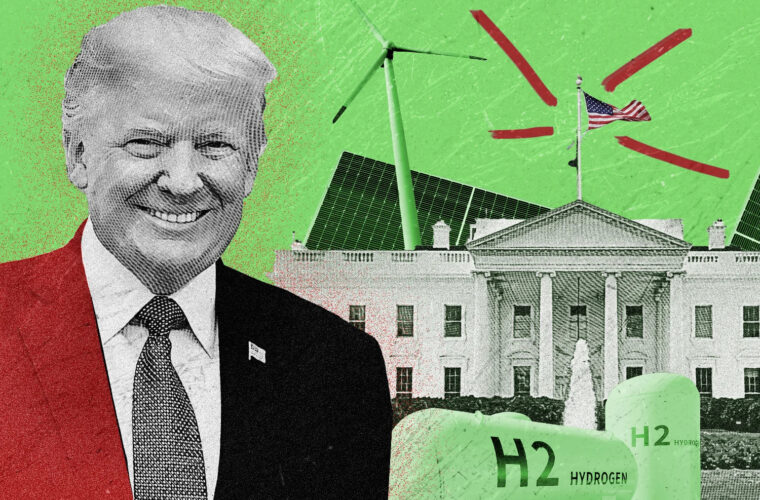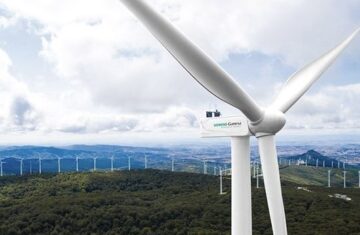The development of the U.S. power grid has received over $30 billion in government support under President Joe Biden. Following the election of Donald Trump, asset managers are focusing on a segment of the green transition that they believe will thrive despite the president-elect’s anti-ESG (Environmental, Social, and Governance) agenda: the power grid.
Analysts Weigh In
Just one day after the election, analysts at TD Securities highlighted that grid infrastructure and the equipment necessary for its construction are now considered one of the “best-positioned energy transition sub-sectors.” This prediction is already showing positive results; since November 5, a key stock-market index for grid-related equipment has risen by about 6%, while the broader S&P Global Clean Energy Index has decreased by roughly 10%.
Rising Stock Prices
Companies benefiting from this trend include Eaton, Rockwell Automation, and Ametek, all of which have seen share prices increase by more than 6%. Emerson Electric has gained over 7%. This performance comes as companies tied to electrical grids have consistently outperformed other green energy sectors, with the NASDAQ OMX Clean Edge Smart Grid Infrastructure Index rising 20% last year.
As Trump’s protectionist policies are likely to encourage more manufacturing within the U.S., demand for energy is expected to escalate, providing a solid investment rationale. Ran Zhou, portfolio manager at Electron Capital Partners, expressed optimism, stating, “We’re really bullish on U.S. power demand, along with long-term carbon-free energy.”

Future Growth Potential
Current estimates suggest that the U.S. faces its largest energy consumption increase in decades, with growth projected to reach up to 15% in certain regions over the next five years, driven largely by technology companies building data centers for artificial intelligence. Major players like Amazon, Google, and Microsoft have recently announced nuclear energy deals to power their operations with carbon-free generation.
Analysts at Morgan Stanley indicated that the renewables market may not yet fully account for the anticipated surge in demand from the data center market.
Legislative Support
Under President Biden, the government has finalized significant reforms aimed at expediting grid construction. In May, U.S. regulators approved rules designed to facilitate these changes, marking the most substantial shifts in the sector in over a decade.
Investment director Jerry Goh from Abrdn noted that global equipment makers will benefit from grid upgrades over the next two to three years due to rising demand and an increasing backlog of orders.
Valuation Insights
Currently, the Nasdaq grid index trades at 20.3 times forward earnings, a figure that, while high compared to global benchmarks, remains close to the 10-year average. Earnings per share projections suggest an 11% increase in the coming year, according to data from Bloomberg.
Continued Commitment
Yi Shi, client portfolio manager at Pictet Asset Management, stated that their Clean Energy Transition fund has been investing in U.S. grid companies prior to the election and has no plans to withdraw. “We aren’t looking at just the headline valuation; we are looking at the underlying earnings growth,” Shi remarked.
Conclusion
In summary, while the political landscape may shift, investment in U.S. power grids remains a promising avenue for growth. With substantial government backing and rising demand, this sector is well-positioned to navigate the challenges posed by changing administrations.



